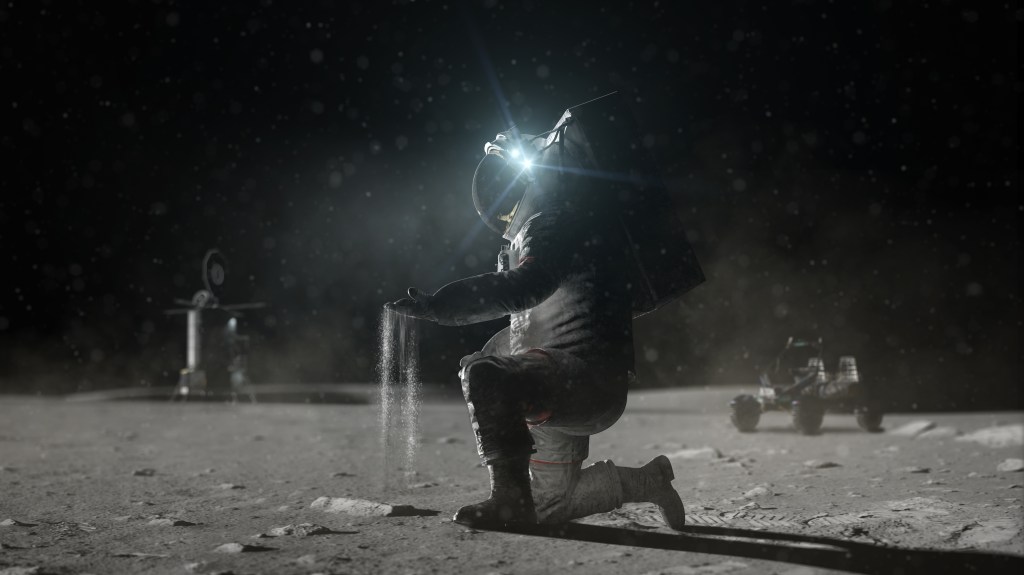
These are some of the first pictures returned by the European Space Agency’s Huygens probe during its successful descent and landing on Saturn’s moon Titan.
At top left, a colored view of the moon’s surface shows pebble-sized objects originally thought to be rocks or ice blocks. The two objects just below the middle of the image are about 6 inches and 1.5 inches across, respectively, and are about 33 inches from Huygens. The surface is darker than originally expected, made up of a mixture of water and hydrocarbon ice. There is also evidence of erosion at the base of the objects.
At top right, a composite image from about 5 miles up shows the boundary between lighter-colored uplifted terrain, marked with what appear to be drainage channels, and darker lower areas.
At bottom, a composite from about 5 miles up shows a full 360-degree view around Huygens. The left-hand side shows a boundary between light and dark areas. The white streaks seen near this boundary could be ground “fog.”
All of these images were taken with the Descent Imager/Spectral Radiometer, one of two NASA instruments on the probe.+ Latest Cassini News+ Image Archive



























